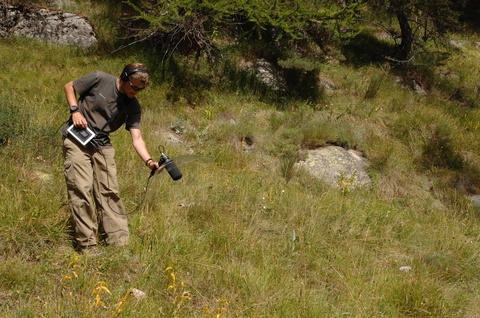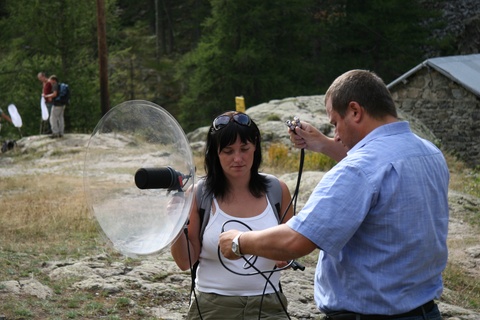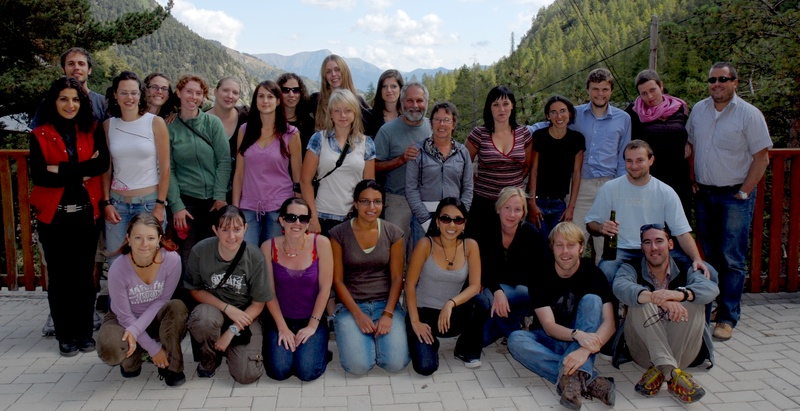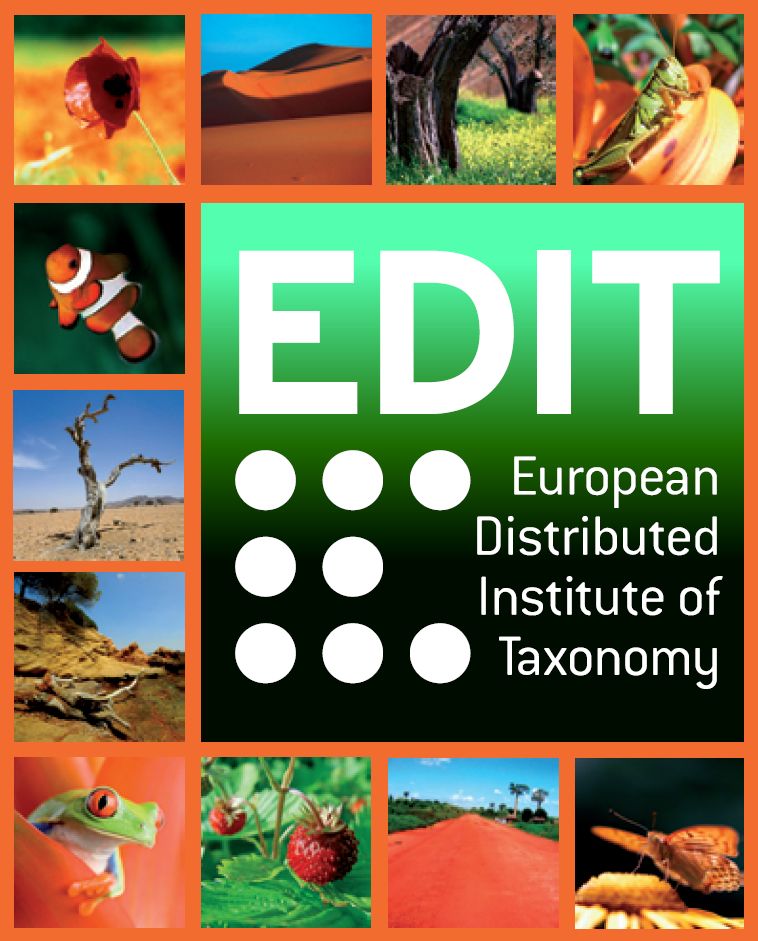
Università degli Studi di Pavia
Centro Interdisciplinare di Bioacustica e Ricerche Ambientali
Via Taramelli 24 - 27100 Pavia - Italye-mail : cibra@unipv.it
Bioacoustics for Taxonomy
The collecting of animal sound recordings is recognised as a valuable tool for taxonomy, systematic and biodiversity research. In the present time of global climate change and biodiversity crisis, it is therefore urgent to facilitate the knowledge, preservation and accurate documentation of acoustic signals in the animal kingdom.
Bioacoustics can be defined as the study of animal sound communication. This discipline developed only after the second part of the twentieth century, even though methods for capturing sounds existed since the 1800s and early 1900s. Especially in the early days of bioacoustics, research was hampered by technological limitations. The size of recording and storage devices as well as their fragility did not allow to carry on advanced field work, and bioacoustical research was not widely spread. But in recent years, electronic developments and subsequent miniaturization of the equipments have opened up new horizons for bioacoustics. Today, it is easy and cheap to obtain basic equipment for bioacoustical research, and even powerful laptops can now be used in the field along with high-end sound recorders and advanced software. These new technologies have transformed the way that sounds can be sampled, analysed, stored and accessed. As a consequence, currently the collections of animal sounds produced by insects, amphibians, mammals and birds for communication, are widely used and applied for research.
Bioacoustical signals are species-specific, and even individual-specific. Their analysis and classificiation can be a powerful tool for measuring and monitoring the diversity of complex communities. Scientists are able to identify and study animals in dense vegetation and over considerable distances in a non-invasive and economic way, making acoustic recording very useful in aquatic habitats, e.g. to study marine mammals, or forests, where visual observations are difficult or even impossible. Bioacoustic monitoring is widely applied for well-known taxonomic groups like birds and mammals, but its application is now extended into lesser known, species-rich groups such as insects.
Bioacoustical data can be used to characterise species in taxonomy, together with complementary morphological and molecular features. Especially for the species-rich, lesser known groups, each sound recording should ideally be linked to a voucher specimen and, whenever possible, associated to other materials: photographs, films, blood samples, or tissues, to ensure the efficiency of the animal sound databases sounds must also preferentially be collected from animals living in their natural environment, which means that research on acoustic signals is submitted to the same restrictions and difficulties as other behavioural research.
Bioacoustic collections encounter
specific threats due to their very own nature: the
degradation of the recording media as well as the
obsolescence of the playback equipment might be a problem
in the mid to long-term future. Digitalisation is no
solution, because similar problems of data losses due to
rapid technical change and deterioration are observed.
Finally, even if computer-aided classification tools of
animal calls have been developed for a wide variety of
groups, none of these approaches developed into a
well-documented standard, and the underlying collections
of recordings are often not available for further
research.
Bioacoustic research therefore requires the development of
distinct tools such as web-based user interfaces and
applications running on portable computers, to allow
classification and identification in the field. These
tools are urgently needed in endangered habitats such as
rainforests.
 Adapted from an
article published by Xavier Eekhout on EDIT Newsletter #4,
2007.
Adapted from an
article published by Xavier Eekhout on EDIT Newsletter #4,
2007.
To know more about EDIT visit the site www.e-taxonomy.eu
European Network
At the meeting of the first "European workshop on animal sound research and libraries", organized within the frame of EDIT (European Distributed Institute of Taxonomy) Workpackage 4, hosted by the Fonoteca Zoologica, Madrid 27-30 September 2006, researchers working with bioacoustic collections agreed to create the
“European Network of Bioacoustic Collections for Taxonomy, Systematics and Conservation”
The network aim is to foster cooperation among institutions, researchers and interested amateurs to safeguard animal sound recordings and to optimise their use as a resource for research, nature conservation, and education.
Here the “manifesto” of the network (57kb .pdf file).
The 2nd "European workshop on animal sound research and libraries" has been held at the University of Pavia on September 18th, within the frame of the XXI International BioAcoustic Congress organized by CIBRA (Pavia, 15-18 September 2007).
Research and educational programs developed at CIBRA match well with the aims of the network.
CIBRA contributed to the EDIT Summer School 2008: 'Modern Taxonomy and Field Work' with field lessons and exercises on bioacoustic recording techniques.



Go back to the home page menu to explore CIBRA programs.

Page created October 2006, updated September 2007.